
UCLA Professor Discusses Life and Work of Native American Artist Harry Fonseca
In an informative video series by the Autry Museum of the West…
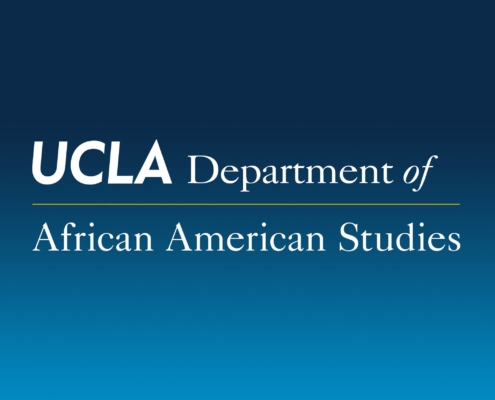
LA Social Science Summer Course Previews: African American Studies Presents “Reproducing While Black”
As summer 2020 approaches, LA Social Science will be highlighting…
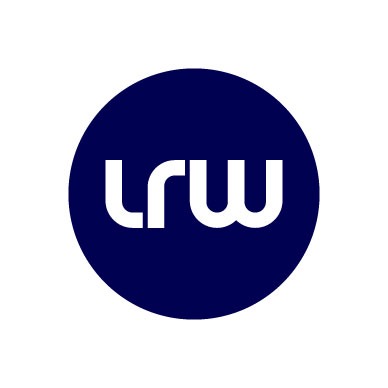
Community Partners in the News: UCLA Alum’s LRW Group Contributes to LA County COVID-19 Study
LRW Group, a local marketing services firm and UCLA Division…
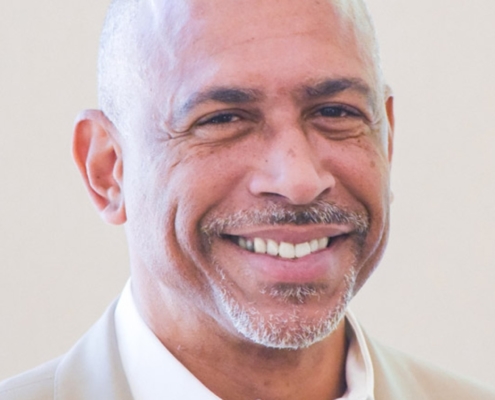
LA Social Science Presents “Conversations with Changemakers” Featuring Dr. Pedro Noguera (Video)
LA Social Science interviewed Dr. Pedro Noguera, Distinguished…

Then & Now: A New Podcast by the UCLA Luskin Center for History and Policy
The Luskin Center for History and Policy has created an exciting,…
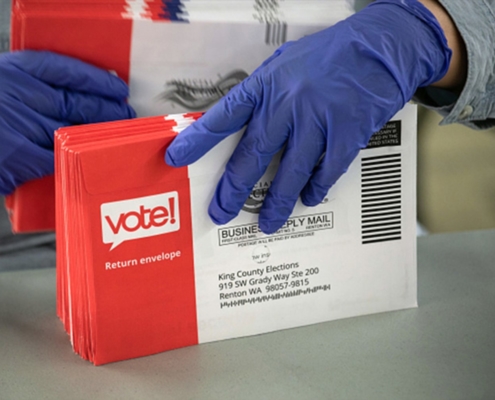
Leading Voting Rights Experts Discuss Universal Vote-By-Mail Amidst COVID-19
By Eliza Moreno, Communications Manager, Latino Policy &…
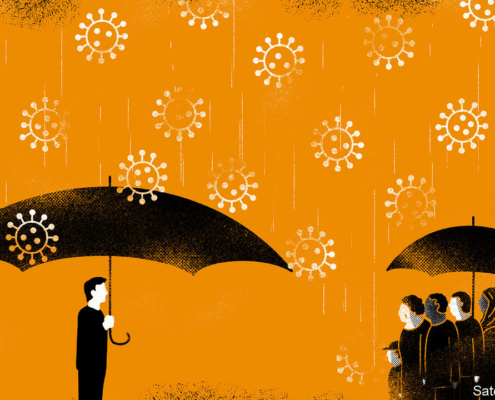
Open Letter on Inequities and the COVID-19 Response
Professors Chandra L. Ford (UCLA), Bita Amani (Charles Drew…
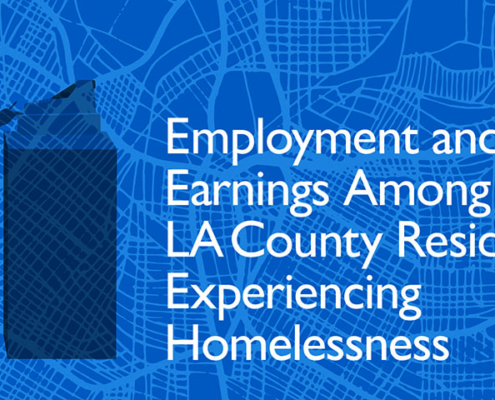
New Study Finds a Substantial Number of Californians Are Working Before Becoming Homeless
February 27, 2020 --- A new report released today by the…

International Prize of History Awarded to UCLA Professor Subrahmanyam
UCLA History Professor Sanjay Subrahmanyam, Distinguished…

“Black on Both Sides” Listening Party — VIDEO
In case you missed it: *On December 13, 2019, in a one-of-a-kind…

